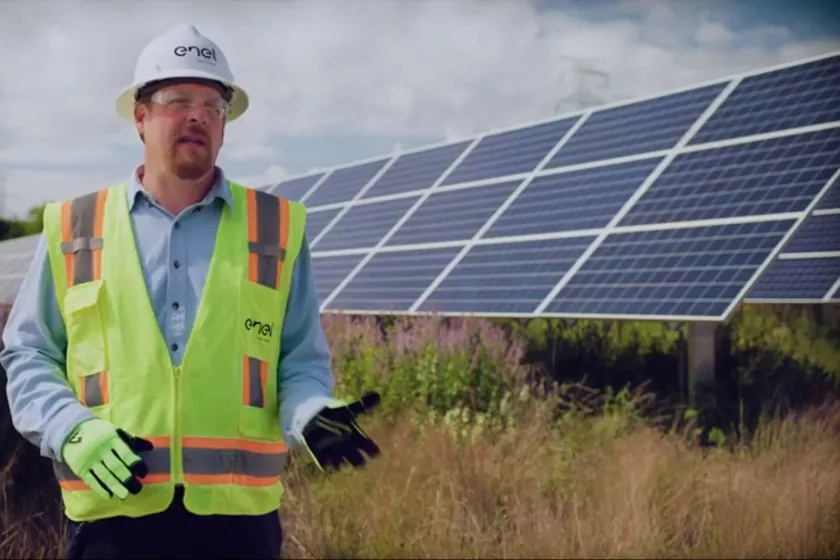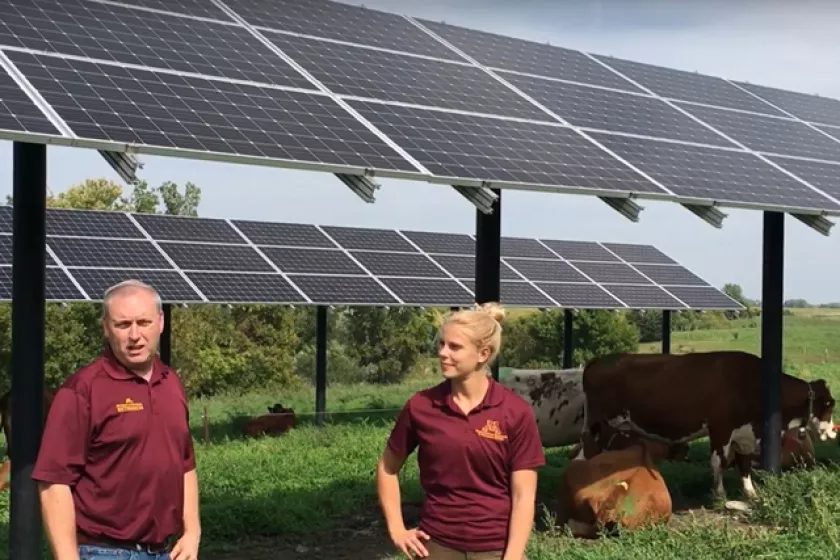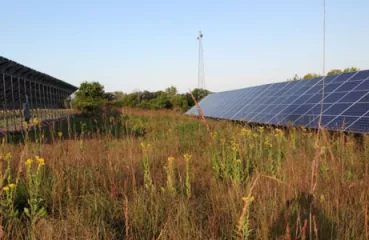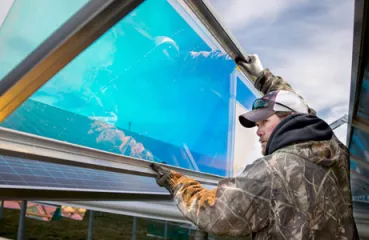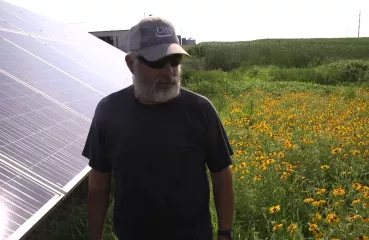Farmers are innovative folks. They are serious practitioners in multi-dimensional thinking. Daily considerations range from crops at the surface, soil conditions below, the weather above, local market prices, and global market trends, just to name a few.
This multi-dimensional approach applies to land use as well. Farmers know how to benefit from fertile soil for abundant crop production and value-added ethanol sales. Some realize financial value in the wind blowing across their fields by way of wind turbine leases. Farmers even know how to profit by the sale of manure as fertilizer or turning manure into biogas.

